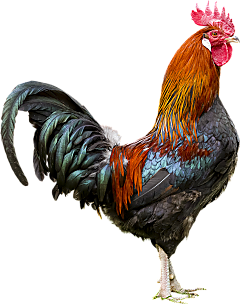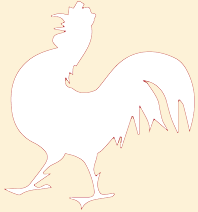Instructions
Felting
1
Use natural wool for the inside of the ball. Pull apart the wool into six hand-sized tufts. Pull apart the coloured wool into small tufts (ATTENTION: pull apart wool with dry hands!)

2
To make sure that the core stays in place, twist the first tuft like a sweet wrapper. Then place the two ends together and wind around the pivot point. Finally, dip the ball into hot caustic soap solution.
While coating the next tufts, make sure that the fibres are lying perpendicular to the wool underneath. Now, you can wind tuft after tuft around the ever-larger ball, dipping it regularly into the hot caustic soap solution.

3
As soon as you have reached the desired size, you can start shaping the ball. Gently press the tufts of coloured wool on in the required order, ’pasting’ each one by hand with a scoop of caustic soap solution.

4
As soon as all of the surface is covered with brightly-coloured wool, take the ball in both hands and press it gently. You have to be very careful here not to distort the surface. Keep pouring soap solution over the ball.

5
After a while, you will feel the surface becoming firmer. Now you can apply stroking movements to the ball, which will increasingly firm up as you go.
As soon as the surface is felted well, the roll the ball more energetically, kneading and pressing it at the same time.

6
Finally, rinse the ball in clean water, press it to remove excess water, roll it into shape again and leave to dry for about one day (in the sun or on the radiator).

Instructions for felting
Tips and tricks
The ball is ready when
- The fibres of the coloured wool are so intertwined that you can’t see which direction they are going in.
- The inner natural colour and the outer bright colour are so well felted together that a few natural wool fibres are visible on the surface.
- It is hard or at least firm.
The ball is ready when
- The fibres of the coloured wool are so intertwined that you can’t see which direction they are going in.
- The inner natural colour and the outer bright colour are so well felted together that a few natural wool fibres are visible on the surface.
- It is hard or at least firm.







